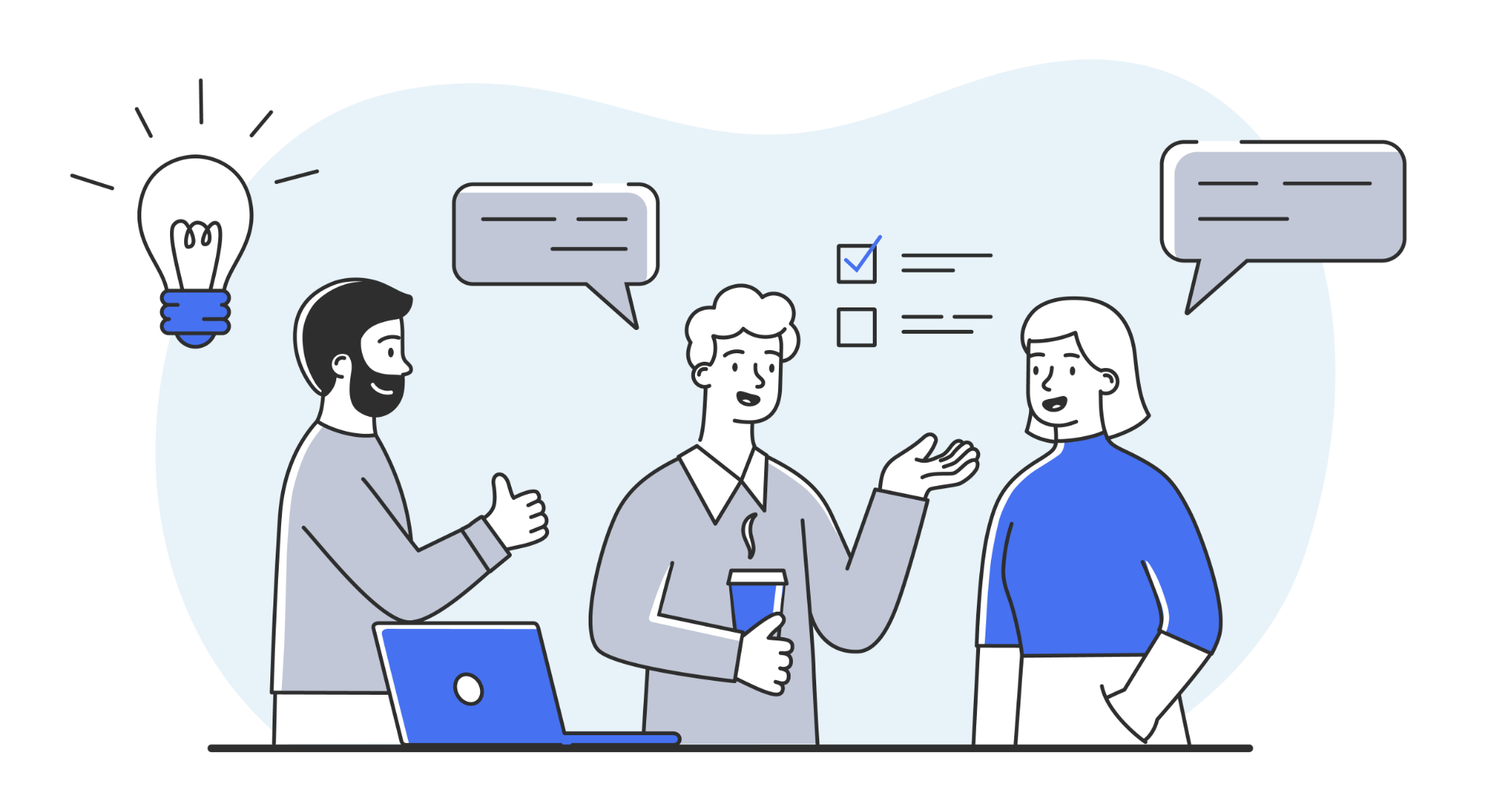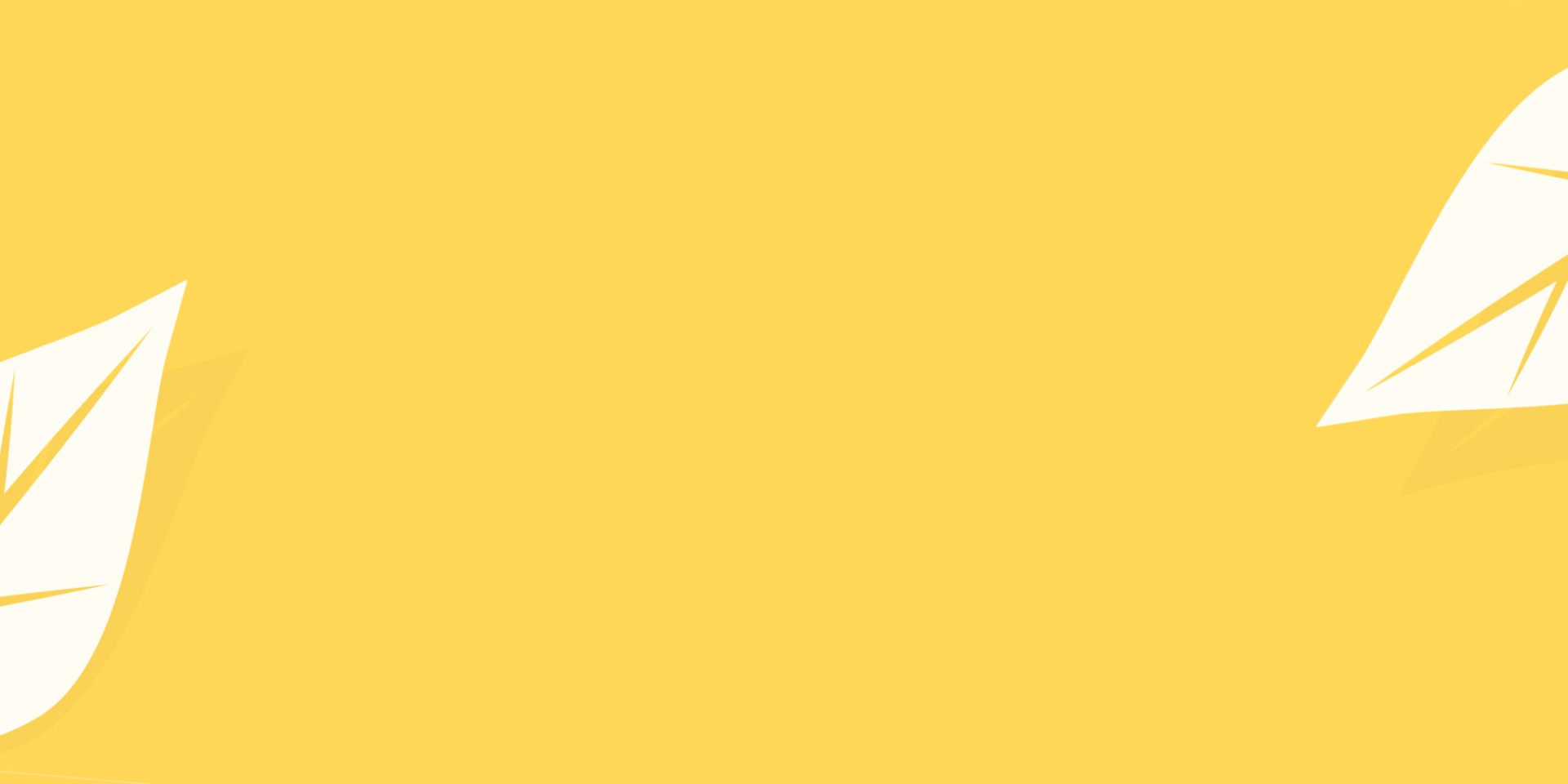Why listening is the secret to learning Dutch faster

When people tell me they want to speak Dutch, I often ask them: "How much Dutch do you listen to?"
Usually, there's a short silence, followed by an honest laugh. Most learners don't realise that listening is actually the foundation of speaking. You can't say what you've never heard. At least, not in a natural way.
The listening paradox
Many Dutch learners believe that listening is passive. You put on a podcast or a YouTube video, and the language "just happens" in the background. But true listening is active: it's the quiet, consistent work that builds your brain's ability to recognise sounds, rhythms and patterns. It's like training your ear to dance with the language before your mouth joins in.
When you listen regularly, you start noticing things you didn't before: that soft sch sound in school, the melody of a Dutch question, the tiny words like er and maar that seem to appear everywhere. Over time, your brain starts predicting what might come next. That's when fluency starts growing. Long before you can fully explain why.
How the brain learns through sound
There's solid science behind this. Our brains are wired to learn language through sound patterns, not grammar rules. Babies spend their first year only listening. They're not memorising verbs; they're absorbing rhythm, tone and word boundaries. When they finally speak, they're not translating: they're reproducing what they've heard.
As adults, we often reverse this process. We study vocabulary lists and grammar books first, and then we wonder why speaking still feels unnatural. But if you bring listening back to the centre of your learning, everything changes. Grammar starts to make sense because you've heard it in action. Words stick because they belong to real contexts, not flashcards.
The emotional side of listening
Listening also lowers the pressure. Speaking a new language can feel intimidating. You're trying to be understood, to sound okay, to not freeze. But when you're just listening, there's no performance, no judgement. It's a calmer space where your brain can explore freely.
That's why I often tell my students: "You don't need to understand everything. You just need to hear it often." Even if you catch only 30% of what's being said, your brain is learning. It's tuning itself to Dutch.
How to build a listening habit
The best part? You don't need extra time. You can listen while walking, cooking, driving or cleaning.
Here are some simple ways to make listening part of your daily life:
Start small. Ten minutes of focused listening every day beats one long session on the weekend.
Repeat. Listen to the same material several times. Each time you'll understand more and your confidence grows.
Choose voices you enjoy. Learning is easier when you like the speaker's tone or rhythm.
Mix input levels. Alternate between things you fully understand (to feel successful) and things just above your level (to grow).
Use transcripts. Read along while listening to bridge the gap between sound and meaning.
And yes, that's exactly why I created the Your Dutch Coach podcast: to give learners short, clear episodes with transcripts they can follow along with.
From listener to speaker
After a few weeks of consistent listening, something interesting happens. You start hearing Dutch words in your head before you even try to speak. You begin recognising phrases in real conversations, or suddenly understanding a joke on TV. That's the moment when your inner ear becomes your best teacher.
When you finally open your mouth, the sounds come more naturally. You're not translating from English anymore; you're echoing patterns your brain already knows.
Listening as a daily ritual
Think of listening as brushing your teeth: small, regular care for your linguistic health. It's not glamorous, but it keeps your Dutch alive and growing. Even five minutes a day can make a difference. The key is consistency, not perfection.
So next time you think you should "study more Dutch," pause for a second. Ask yourself: "What can I listen to today?"
Because every minute of listening is an invisible investment. And one day, when you start speaking with confidence, you'll realise: it all started with sound.
Want to improve your Dutch listening skills?
Check out my podcast Yes, you can speak Dutch! for short, clear episodes with transcripts you can read along with. It's an easy and enjoyable way to make Dutch part of your everyday life.
